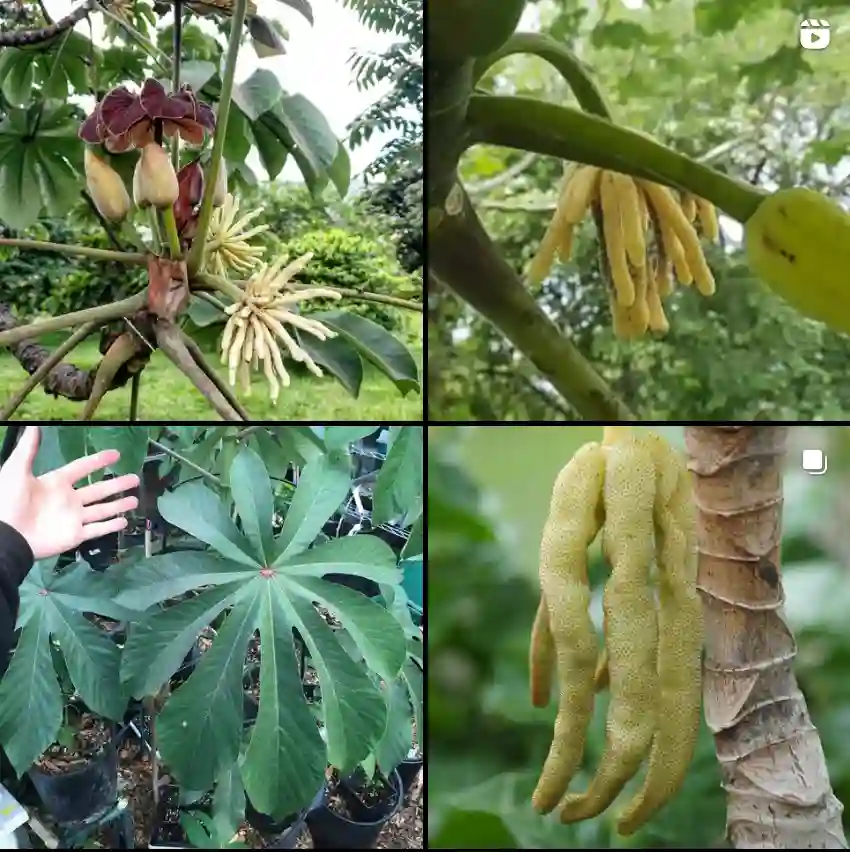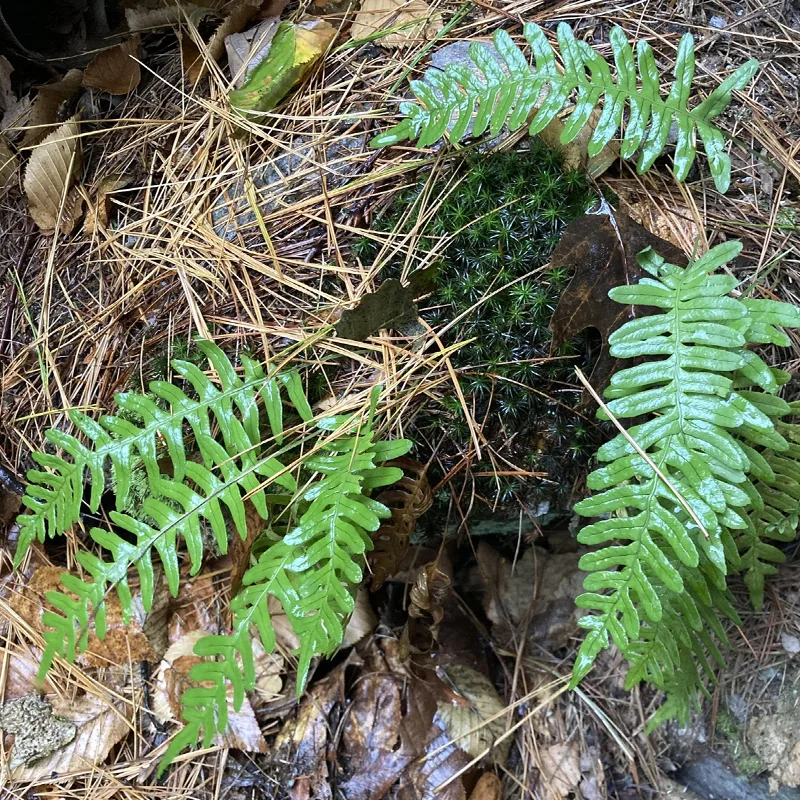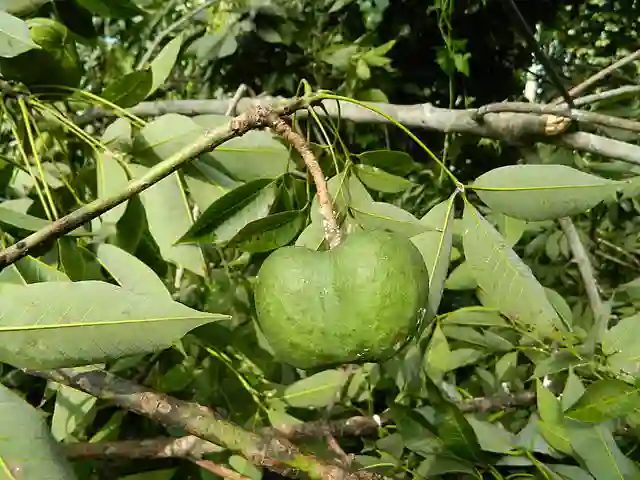FAQs About Solidago Rugosa: A First-Person Guide
Solidago Rugosa, also known as Rough Goldenrod, is a plant I’ve always found captivating. Its bright yellow blooms add a pop of color to any landscape, especially in late summer and fall. Over the years, I’ve come to learn a lot about this hardy perennial. Whether you’re a seasoned gardener or just starting, Solidago Rugosa is worth considering for your garden. In this guide, I’ll answer some frequently asked questions about this plant, from how to care for it to its benefits and common problems.
145 Species in Genus Solidago
What is Solidago Rugosa?
Solidago Rugosa is a species of flowering plant in the Asteraceae family, commonly referred to as Rough Goldenrod. It’s native to North America and is often found in meadows, prairies, and along roadsides. The plant has tall, stiff stems that support clusters of tiny, yellow flowers. The blooms typically appear in late summer and early fall, providing a bright splash of color when many other plants have faded.
I appreciate this plant for its ability to thrive in poor soil and its resilience to challenging growing conditions. It’s a pollinator magnet, attracting bees, butterflies, and other beneficial insects, making it a great addition to a pollinator garden.
How to Care for Solidago Rugosa?
Caring for Solidago Rugosa is quite straightforward, which is why I like it so much. Here’s a breakdown of its care needs:
- Sunlight: This plant thrives in full sun but can tolerate partial shade. I’ve found that it blooms best when exposed to at least six hours of sunlight a day.
- Soil: Solidago Rugosa is adaptable to different soil types but prefers well-draining, sandy, or loamy soils. It can even handle poor, rocky soil, which makes it versatile for various landscapes.
- Watering: Once established, Solidago Rugosa is quite drought-tolerant. I only water mine during extended dry periods. Overwatering can lead to root rot, so it’s important to let the soil dry between watering.
- Fertilization: It doesn’t require much fertilization. In fact, I avoid fertilizing mine to prevent excessive growth that can cause it to flop over.
How to Propagate Solidago Rugosa?
Propagation is easy, whether by division or seeds. Here’s how I do it:
- By Division: In early spring or fall, I dig up the plant and carefully divide the root clumps. Each section should have healthy roots and shoots. Then, I replant the divisions in my garden or share them with friends.
- By Seeds: If you prefer to propagate by seed, simply let the flowers dry on the plant, and collect the seeds. I usually scatter the seeds in the desired area in late fall or early spring. They don’t require much effort to germinate.
What to Plant with Solidago Rugosa?
One thing I’ve learned from experience is that pairing plants can make or break a garden’s aesthetic. Solidago Rugosa looks fantastic alongside other late-season bloomers. Some of my favorite companion plants include:
- Asters: Their purple flowers complement the yellow of Solidago Rugosa beautifully.
- Echinacea: Coneflowers provide a nice contrast with their larger blooms and bold colors.
- Grasses: Ornamental grasses like Switchgrass or Little Bluestem add texture and movement to the garden.
These companions not only create visual harmony but also attract a wide range of pollinators.
Is Solidago Rugosa Toxic?
One question I often get asked is whether Solidago Rugosa is toxic to pets or humans. The answer is no—Solidago Rugosa is non-toxic and safe for gardens with pets and children. This is one of the reasons I love having it in my landscape. You can enjoy the beauty of the plant without worrying about any potential hazards.
Benefits of Solidago Rugosa
There are several benefits to growing Solidago Rugosa, both for your garden and the environment. Here are a few I’ve noticed over the years:
- Pollinator Support: This plant is a favorite among bees, butterflies, and other pollinators. I always see my garden buzzing with activity when the Solidago Rugosa is in bloom.
- Low Maintenance: Once established, this plant is incredibly low-maintenance, which makes it perfect for gardeners who don’t have much time for upkeep.
- Erosion Control: Its deep root system helps prevent soil erosion, especially on slopes or in areas with poor soil.
Common Problems with Solidago Rugosa
While Solidago Rugosa is generally hardy and trouble-free, there are a few issues I’ve come across:
- Powdery Mildew: In hot, humid conditions, powdery mildew can sometimes be a problem. To prevent this, I make sure to space the plants properly for good air circulation and avoid overhead watering.
- Flopping: If the plant grows too tall or is over-fertilized, it can flop over. To counteract this, I prune it back in early summer to encourage more compact growth.
How Does Solidago Rugosa Compare with Similar Plants?
Solidago Rugosa is often confused with Goldenrod (Solidago spp.) because of its similar appearance. However, Rough Goldenrod has more textured leaves and stems, hence its name. While both plants are great for pollinators, I’ve found that Solidago Rugosa is a bit more adaptable to different soil types and climates.
Another plant it gets compared to is Solidago Canadensis. While both are native to North America, Solidago Rugosa tends to be a bit more compact and manageable in a garden setting, whereas Solidago Canadensis can be more aggressive and spread quickly.
Conclusion
Solidago Rugosa is one of those plants that adds beauty and function to the garden. Its bright yellow blooms, pollinator-friendly nature, and low-maintenance needs make it a must-have for anyone looking to enhance their garden. From propagation to pairing with other plants, there’s so much to love about this rugged, resilient perennial.
If i die, water my plants!



